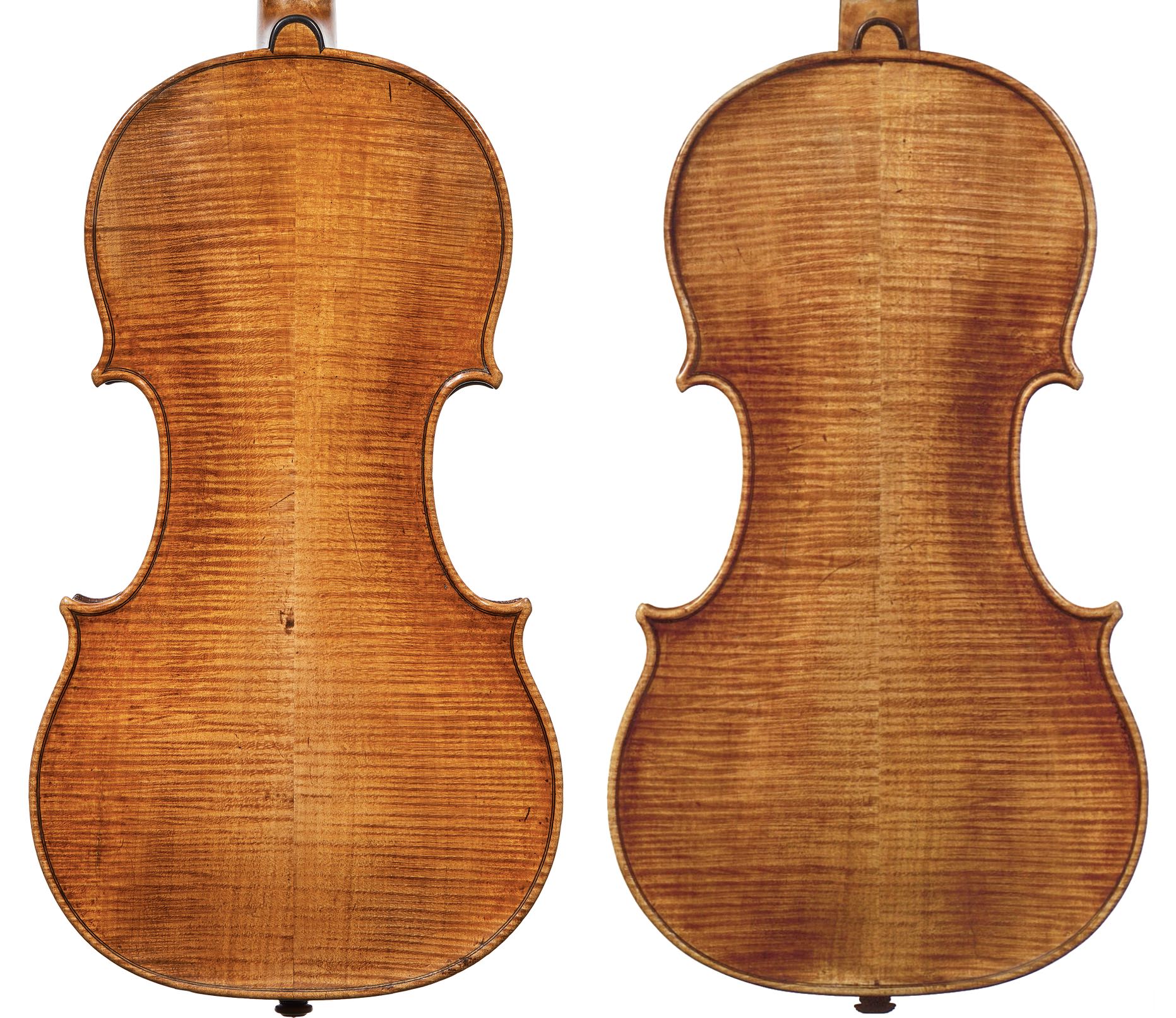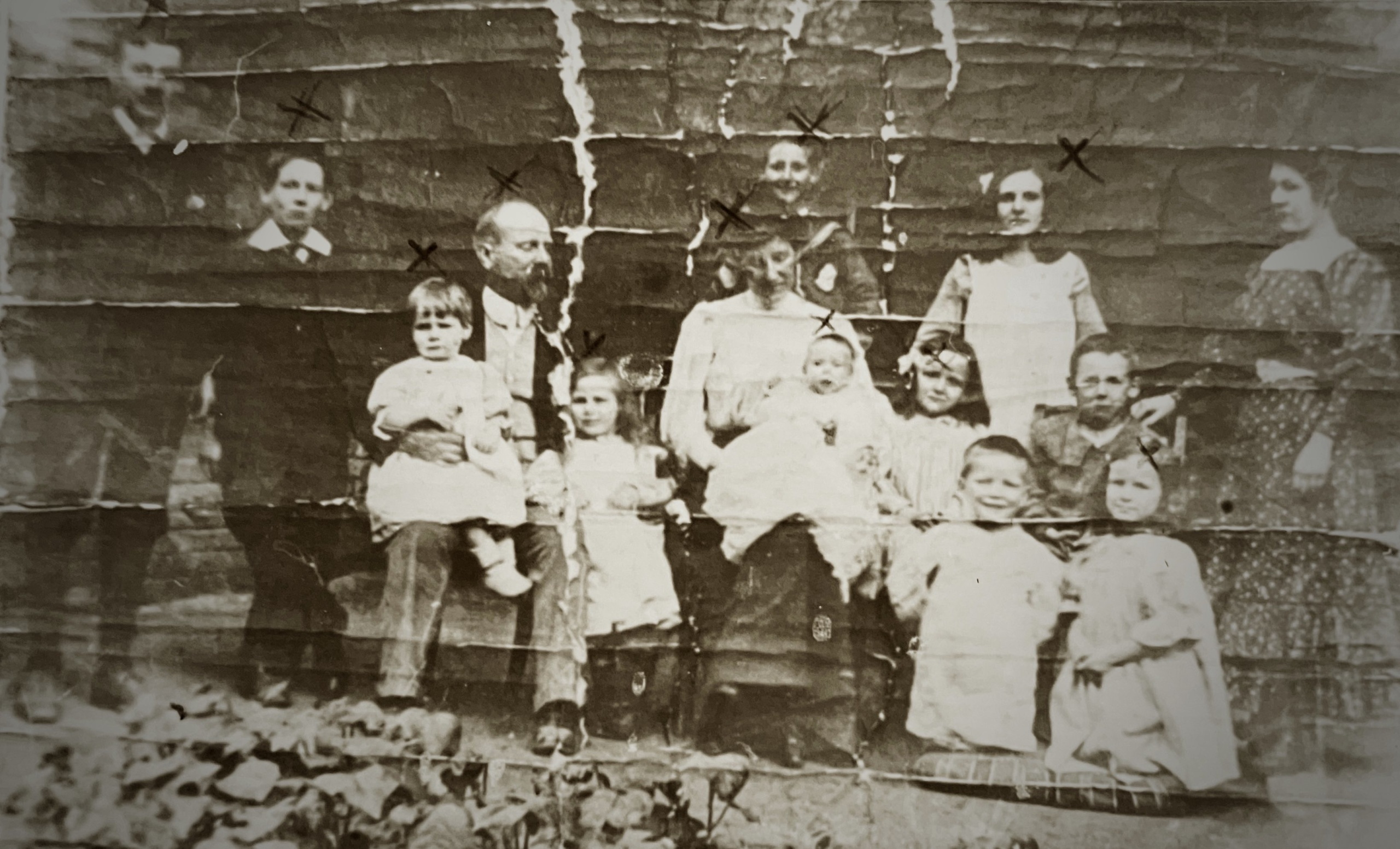It is perhaps surprising that so much remains unknown about the origins and training of the most famous violin maker of all time. For over three hundred years, musicians have revered his instruments, connoisseurs have praised his inimitable genius, makers have studied his methods and materials, and yet we still don’t know the basic facts of Antonio Stradivari’s education and how he began his career as a violin maker.
Antonio Stradivari: 1665-1670
Traditionally, in the mid-17th century, a boy who was to become a violin maker would start an apprenticeship in a violin making workshop by the age of fourteen which, for Stradivari, would have been in or around 1658. In Cremona at that time there were only three workshops that could have taught the young Stradivari: the well-established Amati workshop, and the newer workshops of Andrea Guarneri and Francesco Rugeri. The Amati workshop, led by Nicolò, was in its third generation of fame and success. A crew of young boys assisted and production was prolific. Guarneri and Rugeri — both in their mid-thirties — were at the beginning of their careers and far less experienced and influential than Amati. If a boy wanted to learn violin making and had the choice, he would probably choose to join the celebrated and successful Amati workshop.
The earliest biographers, too, assumed Stradivari was a student of Nicolo Amati, but the only historical record that supports this hypothesis is a label in which the maker calls himself an “alumnus” (pupil) of Amati. In 1816, the violin connoisseur Count Cozio recorded a violin bearing this label with a date of 1665[1] and the Stradivari violin today known as the ‘Serdet’ bears an “alumnus” label dated 1666.[2] The “alumnus” label in itself doesn’t guarantee an actual connection between the makers; it could, rather, be evidence of an ambitious young maker embellishing his credentials, a 17th century example of “fake it ‘til you make it.”
The “alumnus” label …. could, rather, be evidence of an ambitious young maker embellishing his credentials, a 17th century example of “fake it ‘til you make it.”
If not Amati, the other possibility is that Stradivari received his early violin making training in the workshop of Francesco Rugeri. Stylistically, early Stradivari instruments are, in many ways, more similar to Rugeri’s work than that of Amati. But intriguingly, Stradivari’s earliest instruments show features independent of the style and working methods of either maker.
The earliest archival evidence of Stradiviari’s life we have so far uncovered indicates that in the mid-1660s he was living and working in the company of woodcarvers and woodworkers. We know that he married in 1667 and that in 1668 he was living with his wife and their infant daughter in a house owned by Francesco Pescaroli. The Pescaroli family were woodworkers and sculptors and the Pescaroli workshop was in Piazza San Domenico, only a few meters away from the workshop of Nicolò Amati. We know from other documents that Stradivari’s wife, Francesca Ferraboschi, had been widowed three years earlier. Her first husband was the son of a famous architect, a profession linked with woodworking trades in the 17th century.
The earliest archival evidence of Stradiviari’s life we have so far uncovered indicates that in the mid-1660s he was living and working in the company of woodcarvers and woodworkers.
Over the course of his career, Stradivari made a small number of decorated instruments with finely detailed inlays and intricate decorative designs. The ‘Sunrise’ of 1677 and the ‘Hellier’ of 1679, made during the second decade of the maker’s production, show a dexterity, artistic taste and a competency in marquetry that were beyond the skills that one would learn in a typical violin making apprenticeship. We believe that, as Charles Beare suggested, Stradivari received his first training in the bottega of a woodcarver, where he learned the basics of tool handling and fine woodworking, and that he came to violin making later, in his early twenties.[3] This was not the typical education of a violin maker, but nevertheless a unique and enriching path that produced a superlative master craftsman.
The other important conclusion we can make about Stradivari’s circumstances in the mid 1660s is that, already in his early twenties, he had the means to rent a house with an attached workshop on the Contrada Diritta (now called Corso Garibaldi), a main street in the center of the city. Not only was his income large enough to support his family, but he already needed a separate workshop for his growing business.
Except for the ‘Serdet’, there are no Stradivari instruments from the 1660s with undisputed, original labels. However, it seems that around the time of his first marriage, Stradivari made up a batch of labels with the first three digits of the decade printed: “166_”. He continued to use these into the 1680s and 90s, altering the third digit from a six to an eight and, later, a nine. Seeing as he had such a surplus of the “166_” labels, it would be reasonable to conclude that Stradivari had ordered this batch of labels intending to make a substantial production of his own instruments in the decade of the 1660s.
The ‘Back’ Stradivari of 1665-1670
Stradivari’s instruments from 1665 to 1670 are of tantamount historical significance and yet there are only around a dozen or so authentic instruments that can be attributed to this period. We can group these instruments by their stylistic similarities, models and materials, but because almost none bears an original label, it is difficult to establish a definitive chronological sequence or to assign the instruments to a specific year.

The back of the ‘Back’ (left) and the ‘Aranyi’ are particularly twinned.
Four violins from this period stand together in an easily recognizable group: the ‘Back’, ‘Aranyi’, ‘Sachs’ and ‘Canadian’. Visually the four violins bear a striking similarity. The two-piece backs are carved of a very similar looking quarter-sawn, narrow-flamed maple and the flame orientation of each is nearly horizontal. This type of maple, with its very narrow, rippled, curl is particular and probably of local origin. There are Amati and Rugeri instruments made of similar wood, but few Stradivari instruments were made of this type of maple.[4]
The fronts of the four instruments are also closely related. Dendrochronological tests conducted by Peter Ratcliff revealed a tree match between the ‘Back’ and the ‘Sachs’. The fronts of the ‘Canadian’ and the ‘Aranyi’ are both made in one-piece and have youngest visible tree-rings dating to 1659 and 1650 respectively.[5]

